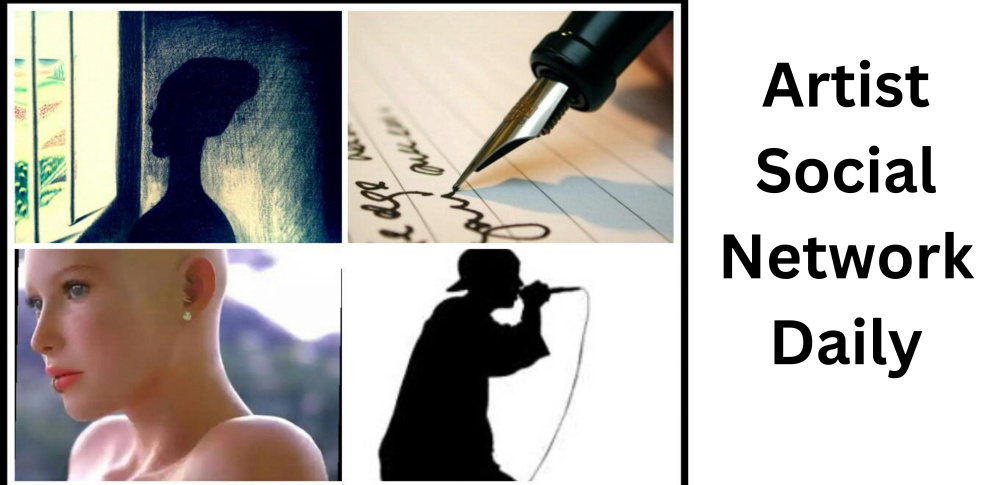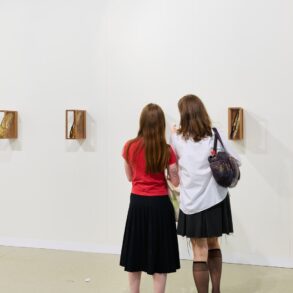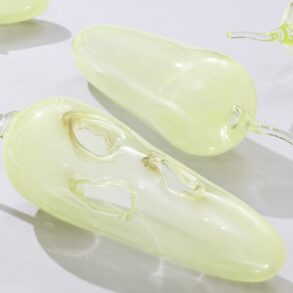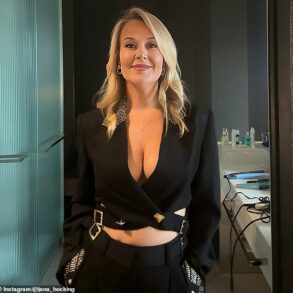
“A Balloon Site, Coventry,” 1943, oil on canvas, by Dame Laura Knight, Imperial War Museums. Knight, featured in the Clark Art Institute’s upcoming exhibit, paved the way for other female artists during her long, acclaimed career.
WILLIAMSTOWN, MASS. — While Virginia Woolf was arguing that women needed money and “A Room of One’s Own” to think and create, British female artists were carving out their own spaces. They founded studios, garnered critical acclaim, led suffrage movements and opened doors for future women.
And yet, despite their lauded exhibitions or contributions to social movements, many of these women have been forgotten.
Article continues below this ad
“A Room of Her Own: Women Artists-Activists in Britain, 1875–1945”
Where: The Clark Art Institute, 225 South St., Williamstown, Mass.
When: The exhibition runs June 14 through Sept. 14. Museum hours are 10 a.m. to 5 p.m. Tuesday through Saturday from September through June and 10 a.m. to 5 p.m. daily July through August.
Tickets: $20; museum admission is free for members, anyone age 21 or younger and students with ID.
More information: 413-458-2303 or clarkart.edu
“A Room of Her Own: Women Artists-Activists in Britain, 1875–1945,” a new exhibit running Saturday to Sept. 14 at the Clark Art Institute, will give 25 of these women an overdue spotlight.
Planning for “A Room of Her Own” began two-and-a-half years ago when the museum acquired works by Anna Alma-Tadema, a watercolorist and suffragist, and painter Evelyn De Morgan, said Alexis Goodin, exhibition curator and associate curator for the Clark.
“Because they were so special,” Goodin wanted to give them an exhibition, and she began thinking of how to connect a swath of British artists and aesthetics thematically. Woolf’s seminal feminist essay “A Room of One’s Own” proved an ideal framing device for these late-19th and early- to mid-20th century artists.
Article continues below this ad
“One of the things that I looked at was the spaces that they occupied and how they were able to find and sort of push forward their professional career,” Goodin said. “They worked within their homes. They found studios that they could be very productive in. They went to art school and found community.”
For the exhibition, Goodin grouped the 87 works into these “spaces of productivity,” including home, studio, school and exhibitions. Accompanying text contextualizes the four galleries “and how the importance of having a room of one’s own allowed one to be productive and think critically and have time to be creative.”
The show also highlights how many of these artists were also activists. Louise Jopling, in addition to being one of the most prominent female painters of the Victorian era, was a staunch supporter of the National Union of Women’s Suffrage Societies. “Medallion (YouWe)” by the mononymous Gluck is considered a radical expression of lesbianism. Dame Laura Knight, who captured everything from the marginalized Romani to the Nuremberg Trials in her long and acclaimed career, helped pave the way for greater recognition of female artists.
“A lot of what they’ve done has made their communities stronger, or their profession stronger, by creating opportunities for women who might not have had chances to participate creatively in the artistic life that so many desired but were hindered from doing because they had other domestic responsibilities,” Goodin said.
Article continues below this ad
While some of the artists featured, including Woolf’s sister Vanessa Bell, were familiar to Goodin, many were new to the curator. Through research by art historians Frances Spalding and Wendy Hitchmough, Goodin became aware of artists like Anna Airy, who, despite being very prolific and awarded for her knowledge of pastels and capturing life on the home front during World War I, never made it into art history books.
Airy’s story is not unusual. Part of the reason her legacy wasn’t recorded could be because Victorian work was sometimes “less attractive to collectors or museum curators” in the early 20th century, Goodin said, and the art collects dust in storage or gets scattered across the globe in private collections. But Airy’s gender — and that of her peers featured in this exhibition — likely played a large role in their dismissal.
“Art historians privileged more famous male artists if they only had so many pages to write about a particular art movement,” Goodin said. “So, when you don’t make space for the artists at the time, they get lost. It’s a reality that we’re faced with, and sometimes, because these things were not privileged or valued, they get destroyed, or they get dirty, or they’re not in great shape.”
Goodin hopes the exhibit helps visitors understand art of that era wasn’t being made only by men and that the works inspire them to seek out more by these female artists.
Article continues below this ad
“I hope they realize how rich the art historical canon is, that there’s not just one definition of it, that there are so many perspectives and so many artists that create a web of the story,” Goodin said. “It’s just absolutely diverse and rich and interesting, and we need to look at the people on the periphery as much as those who’ve given pride of place from the beginning.”
This post was originally published on this site be sure to check out more of their content













